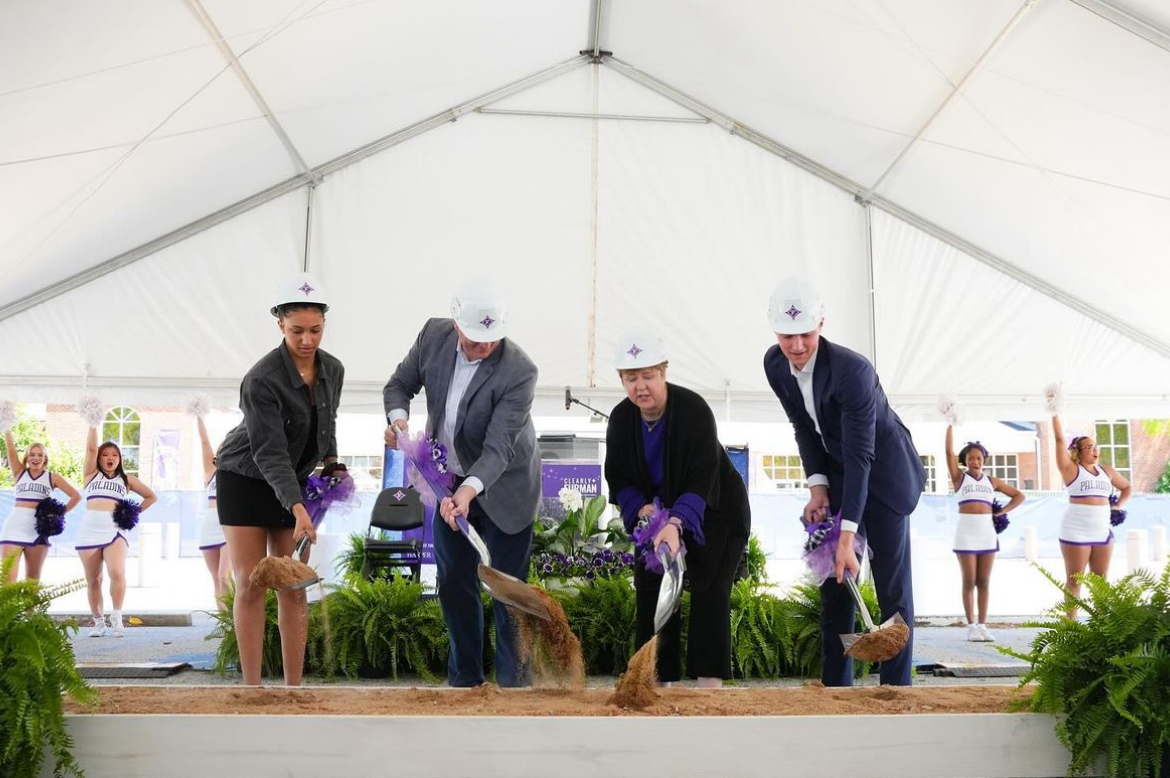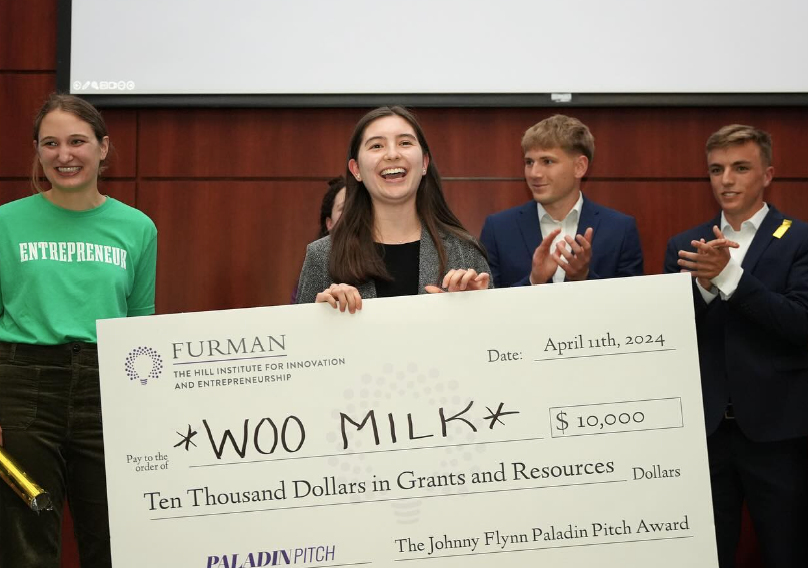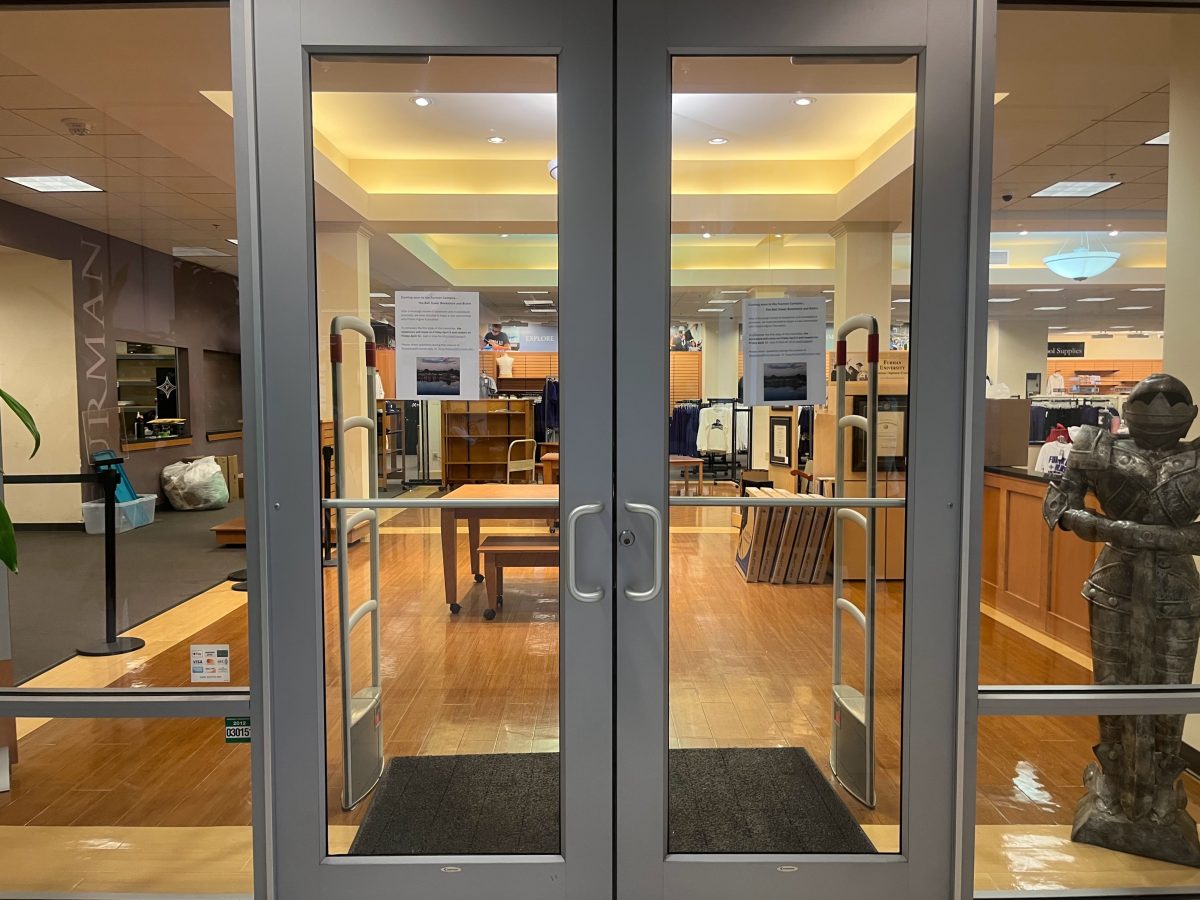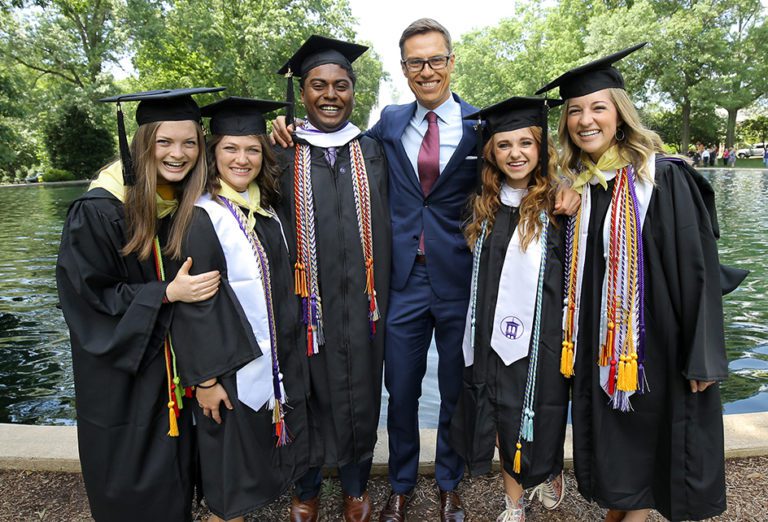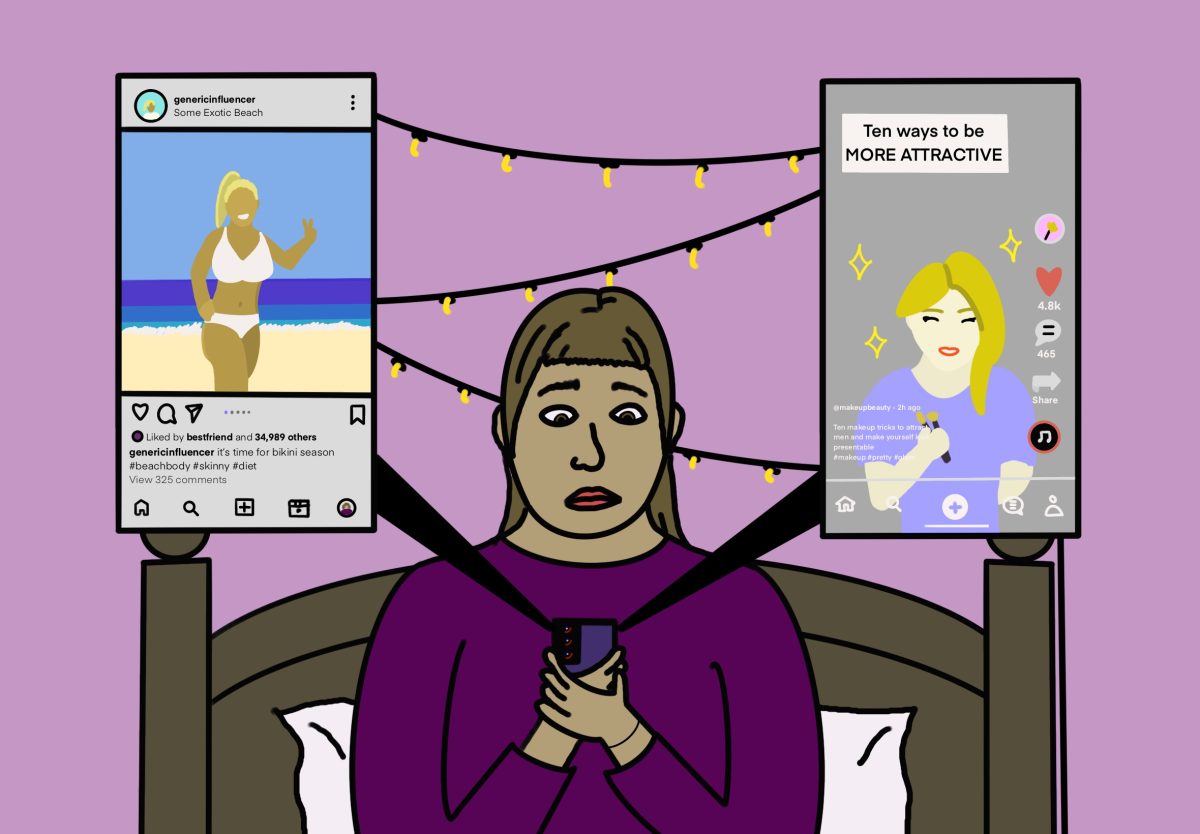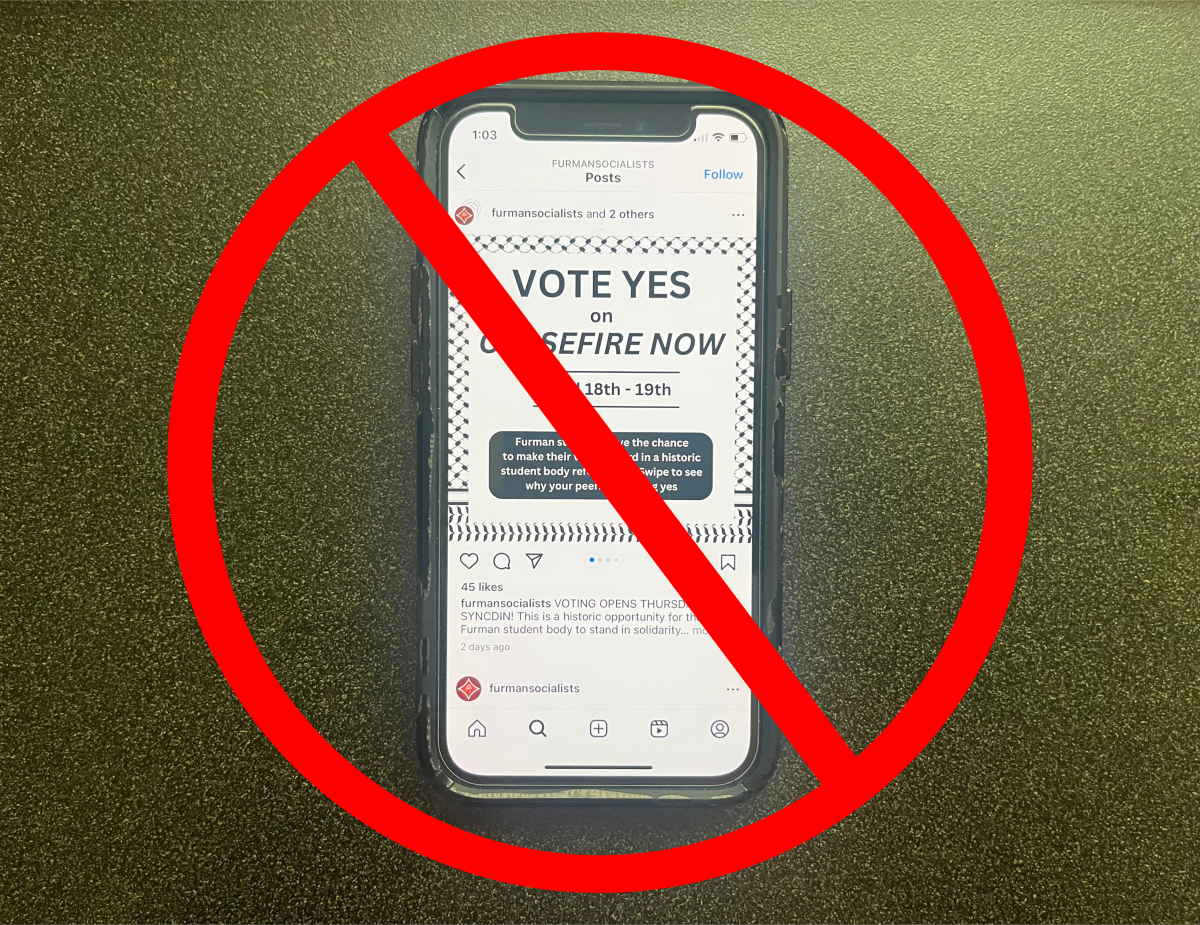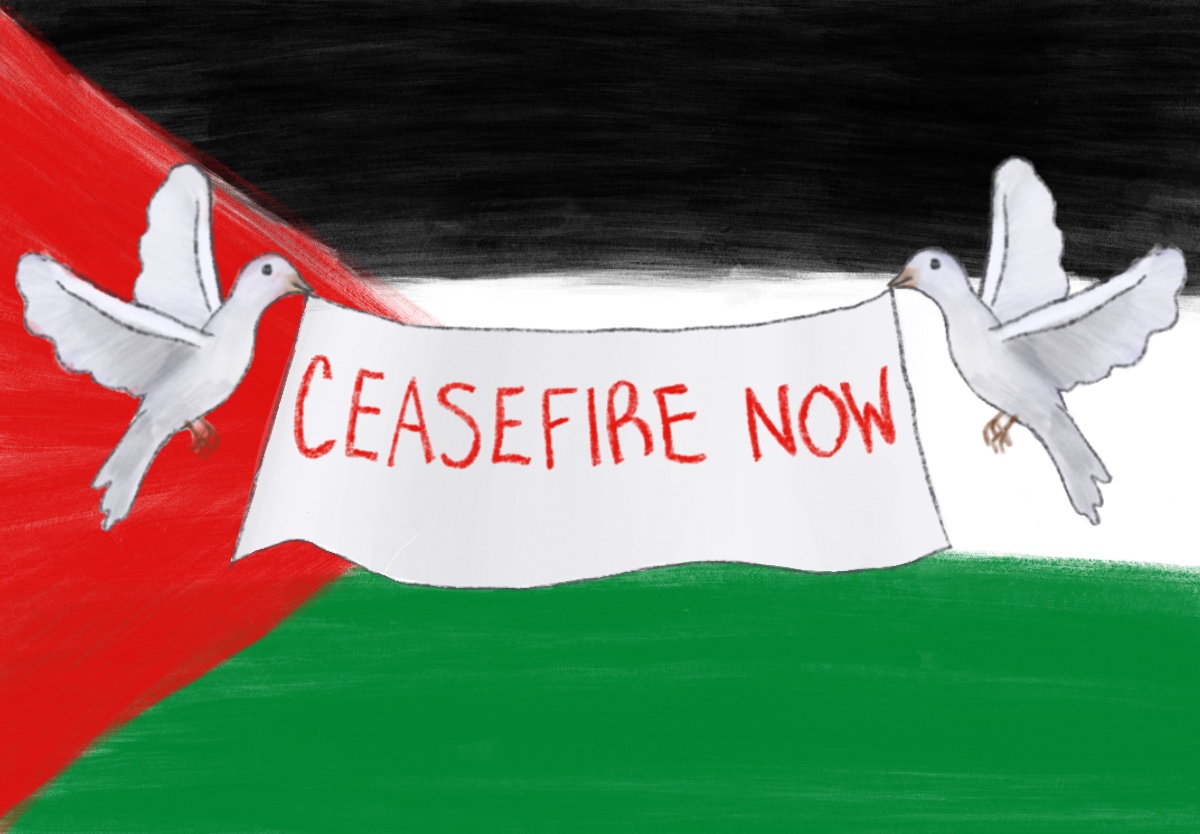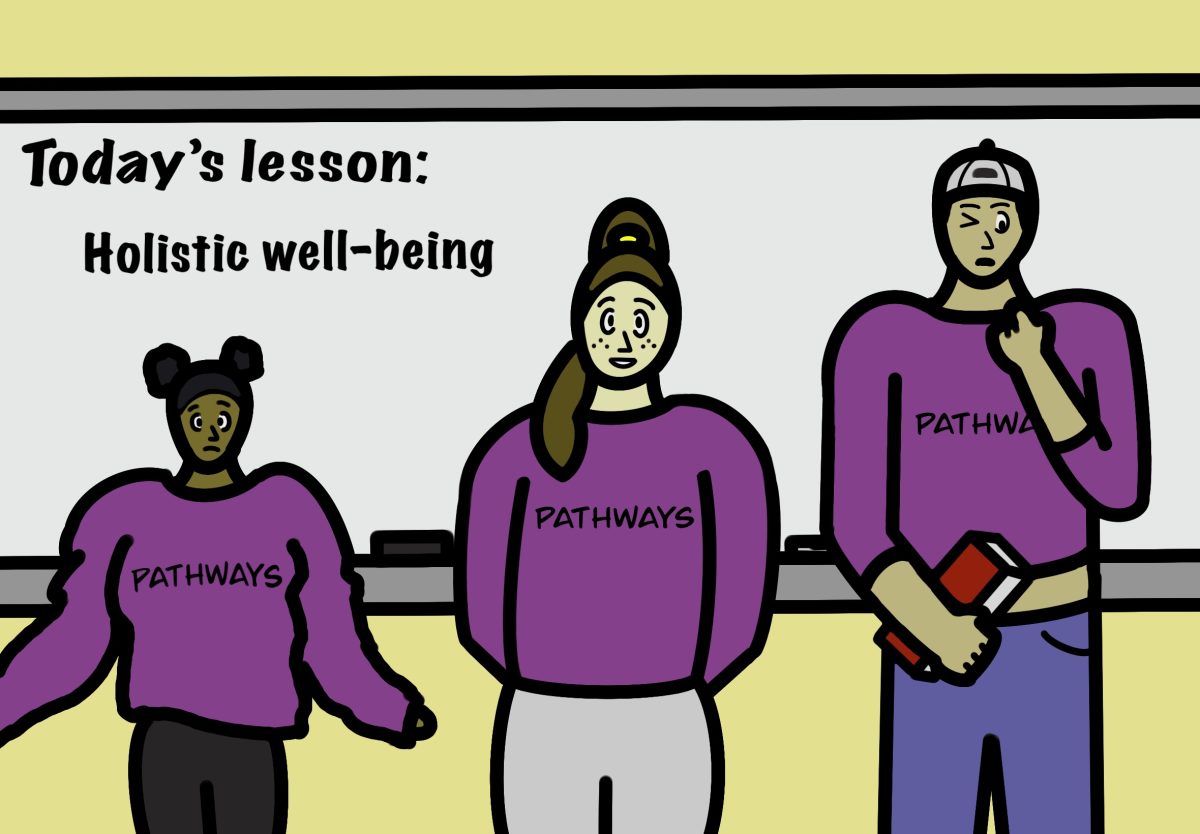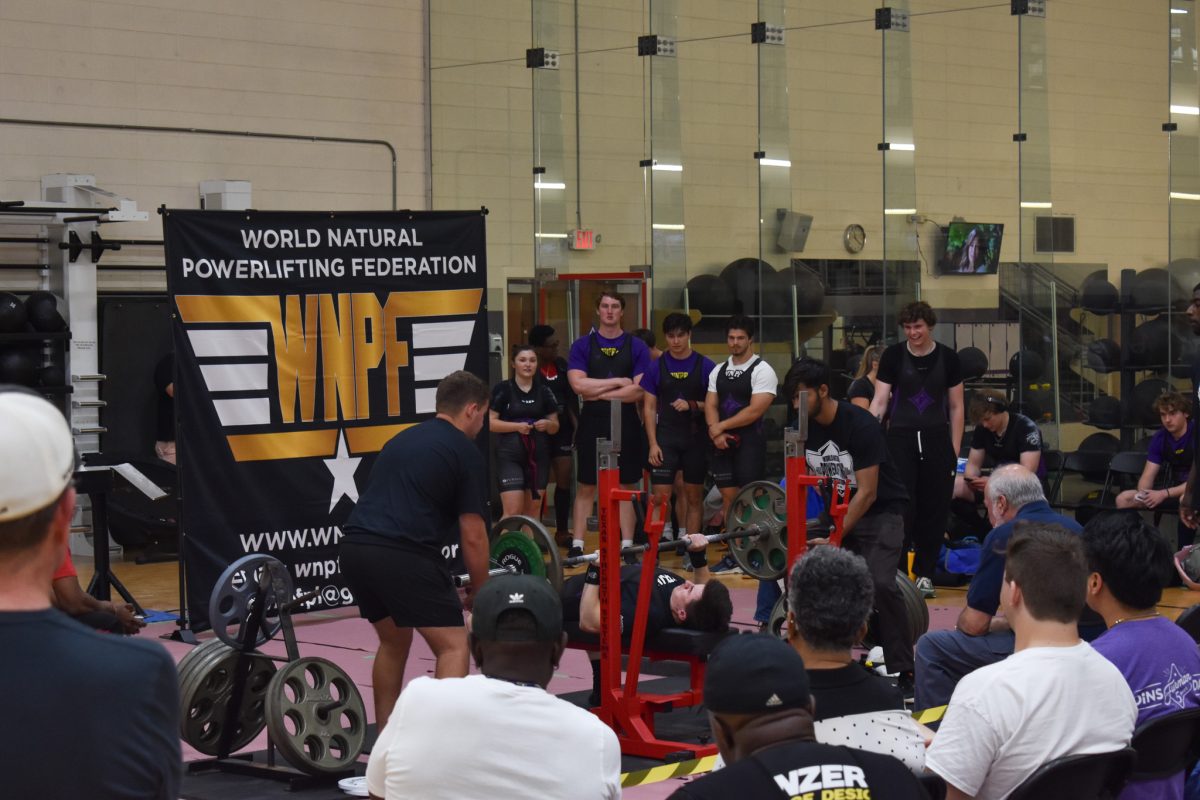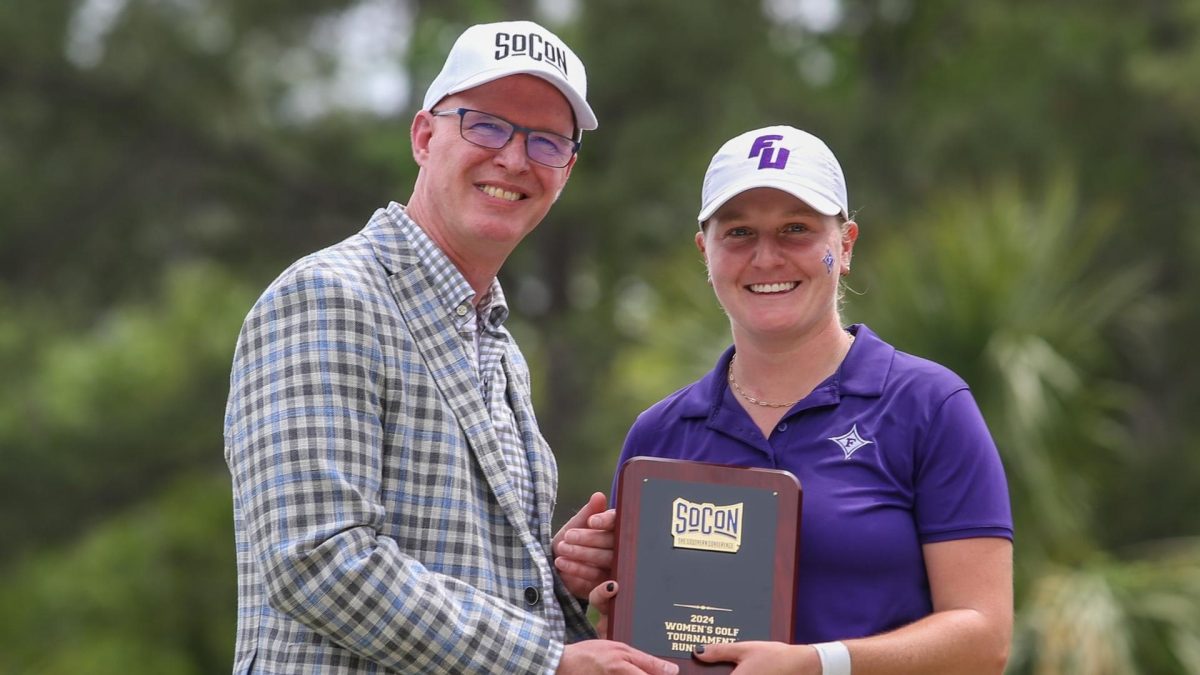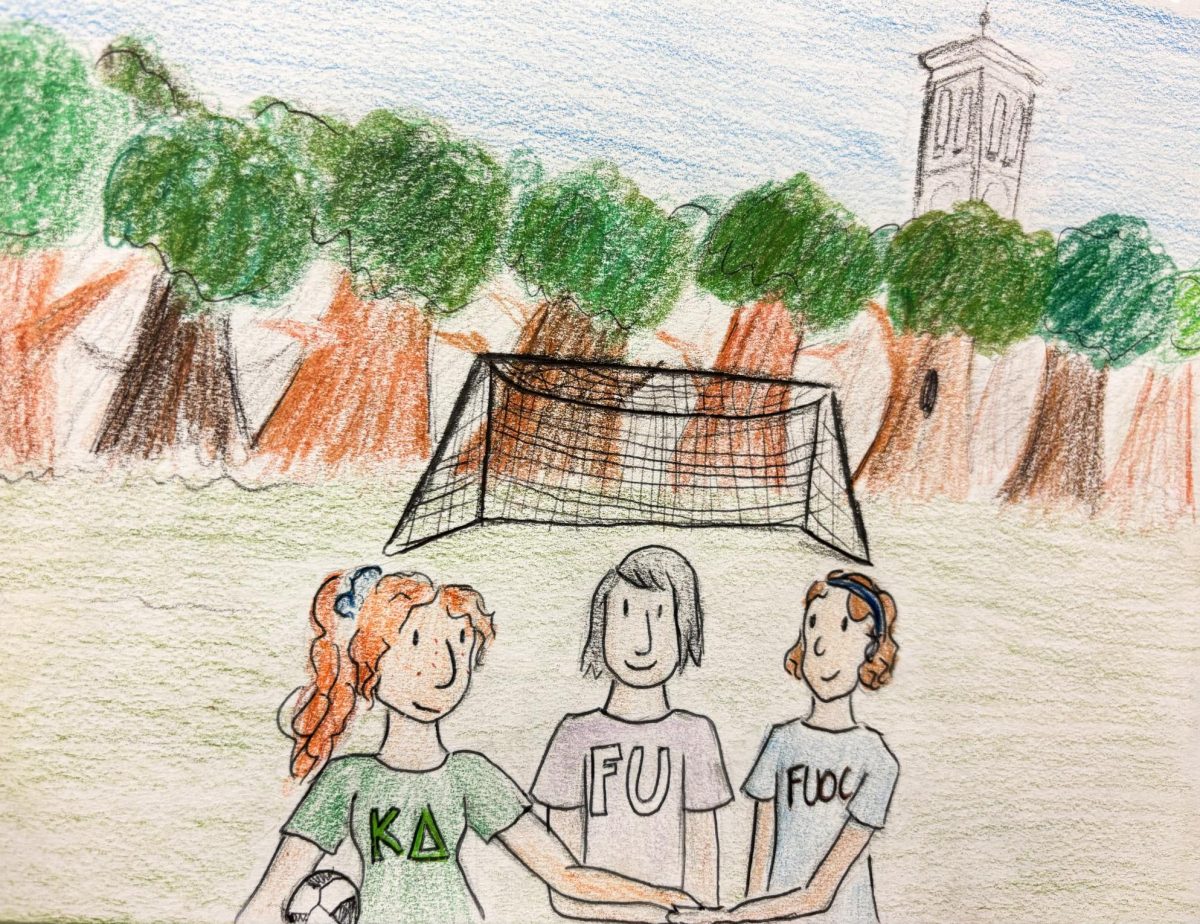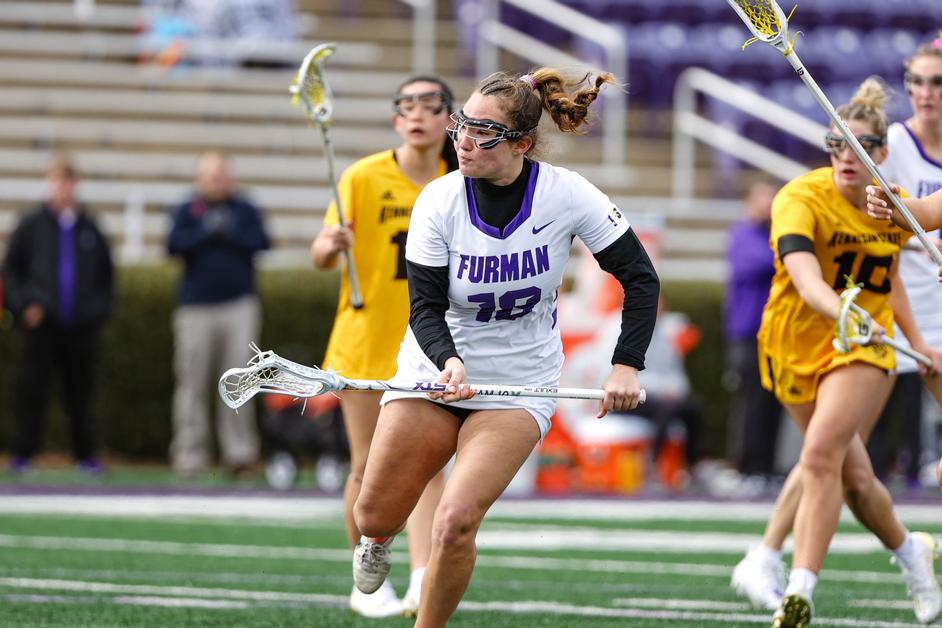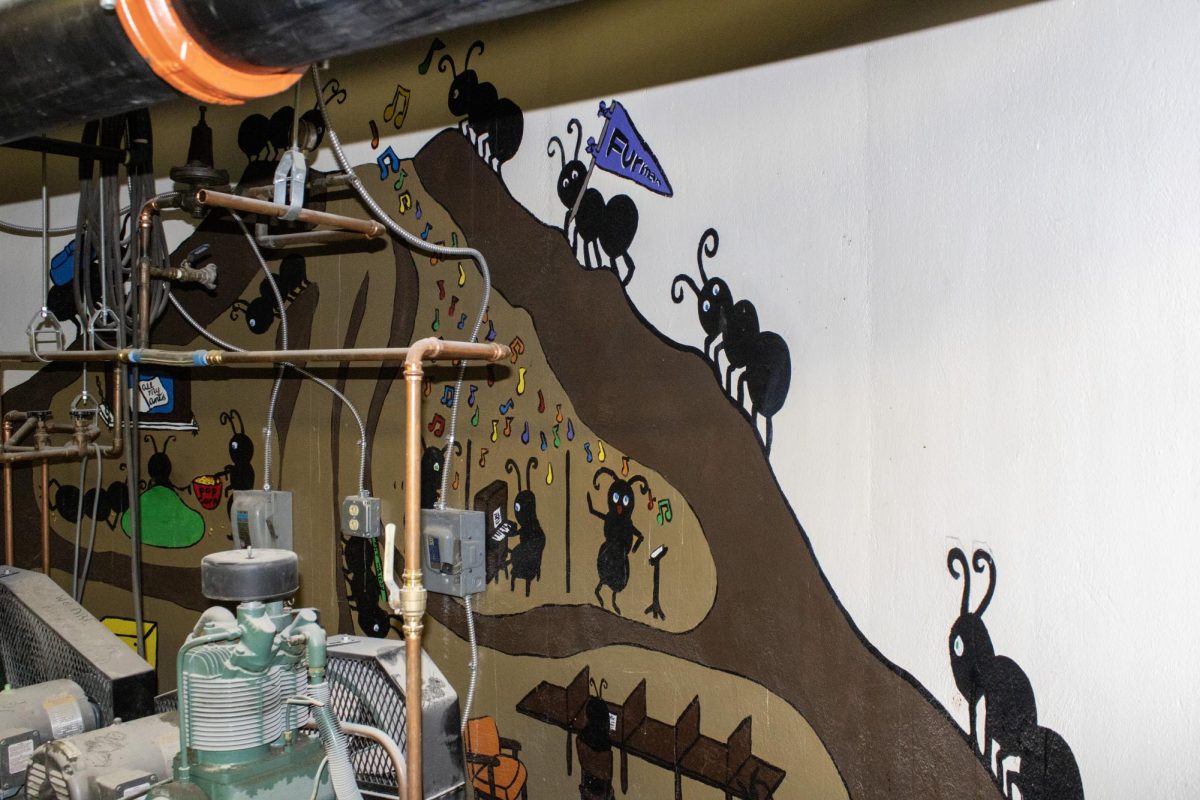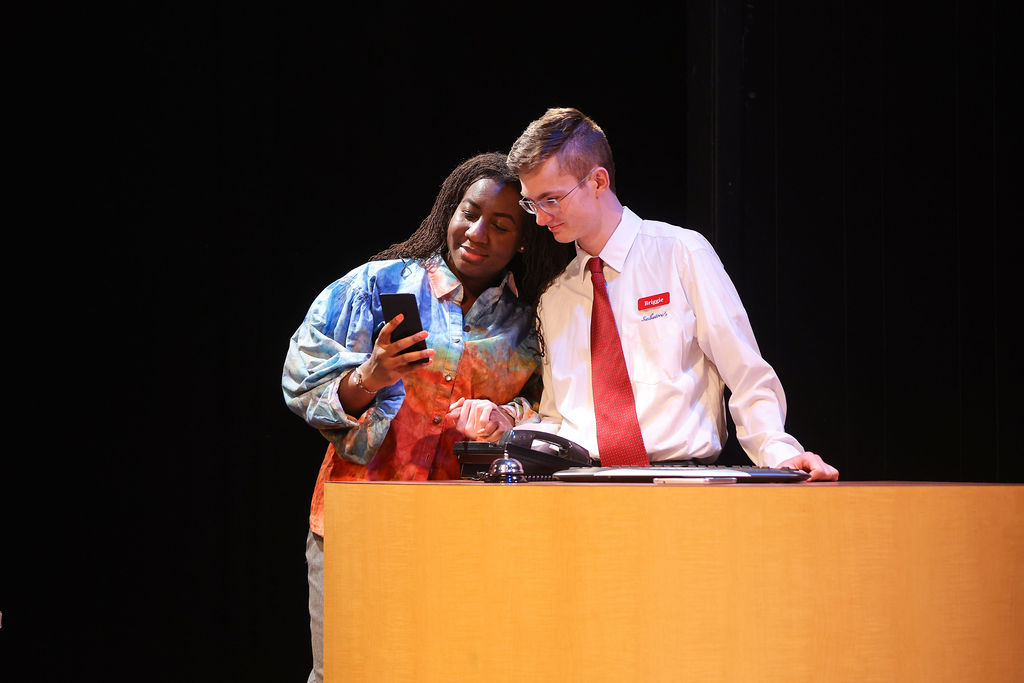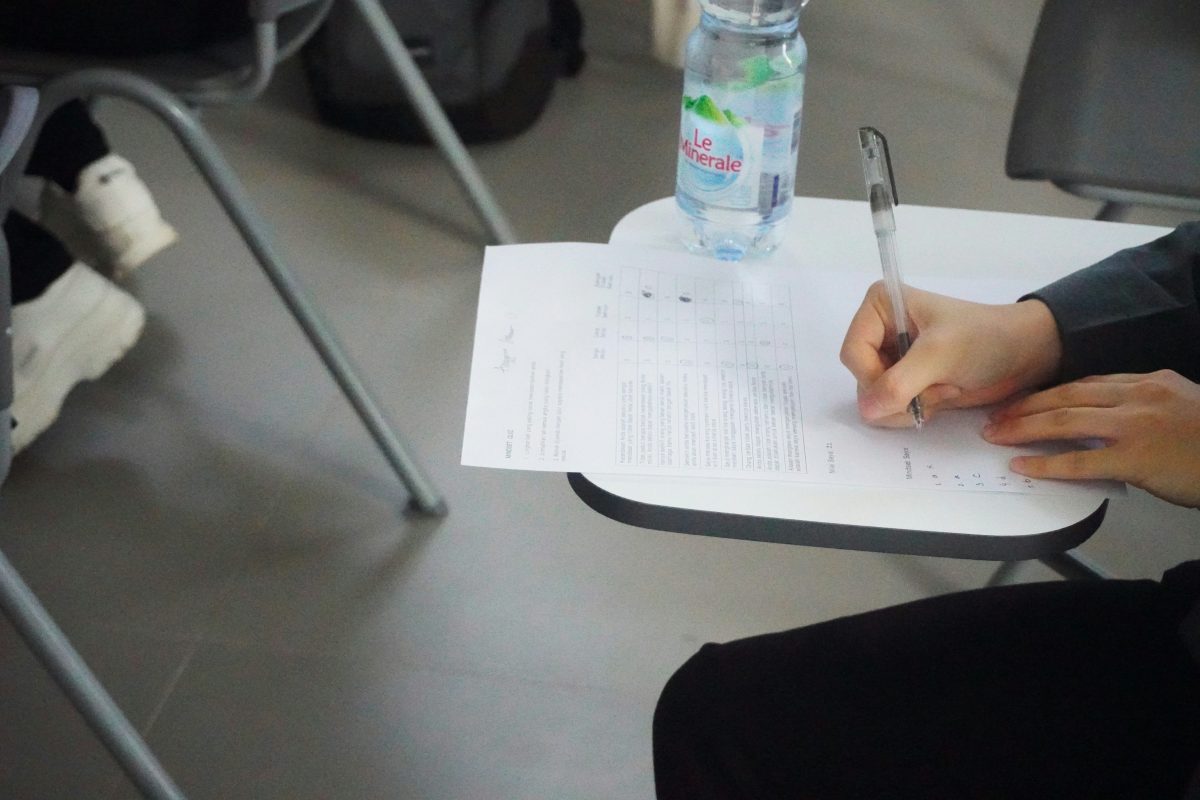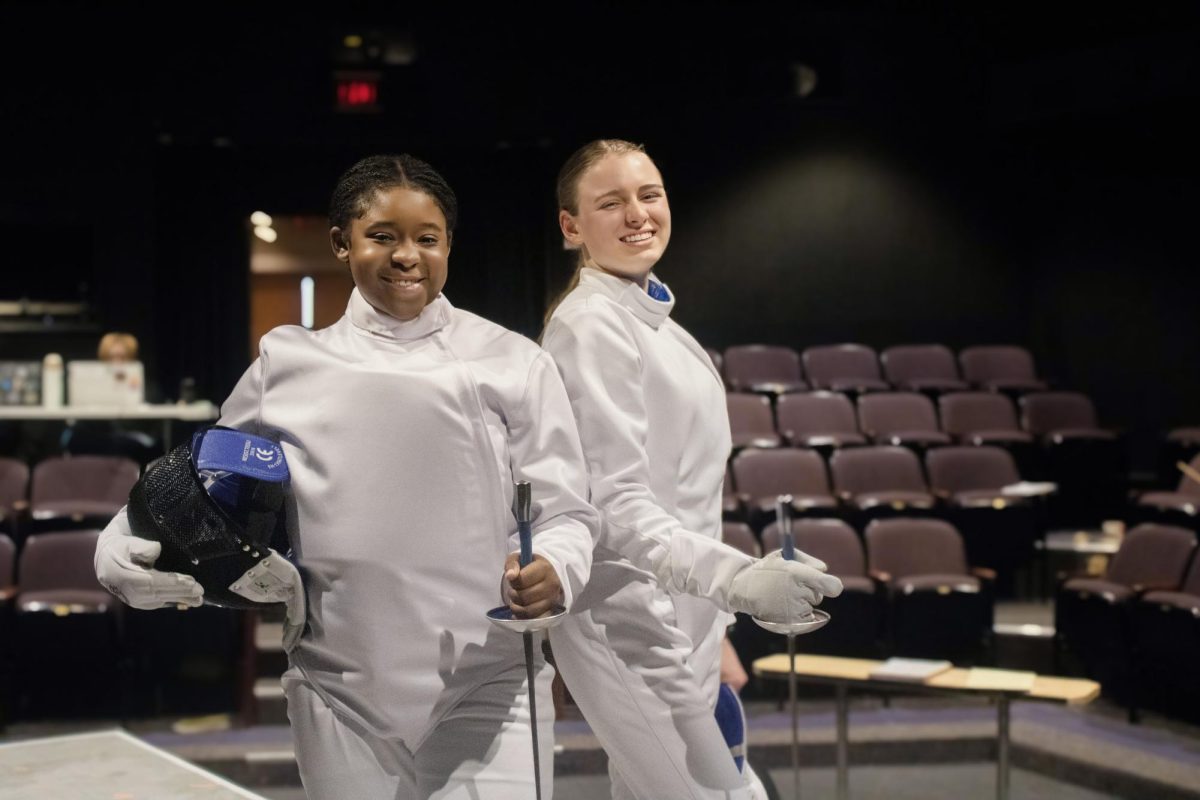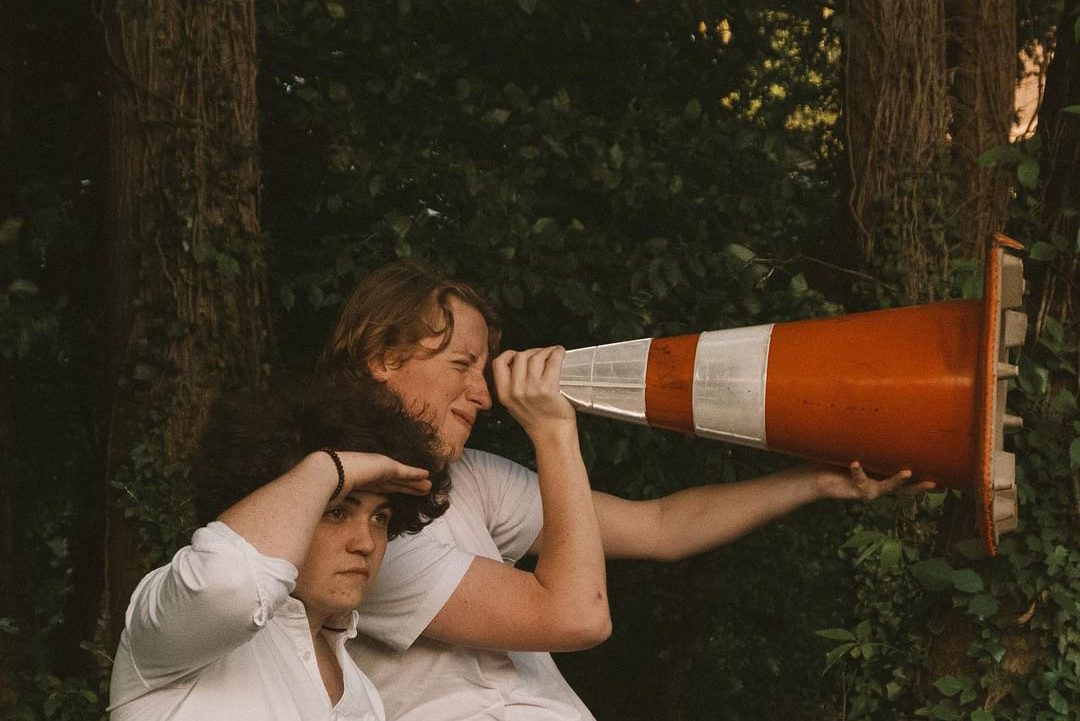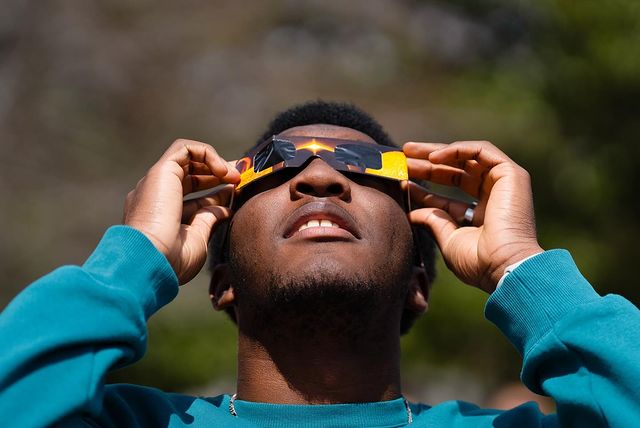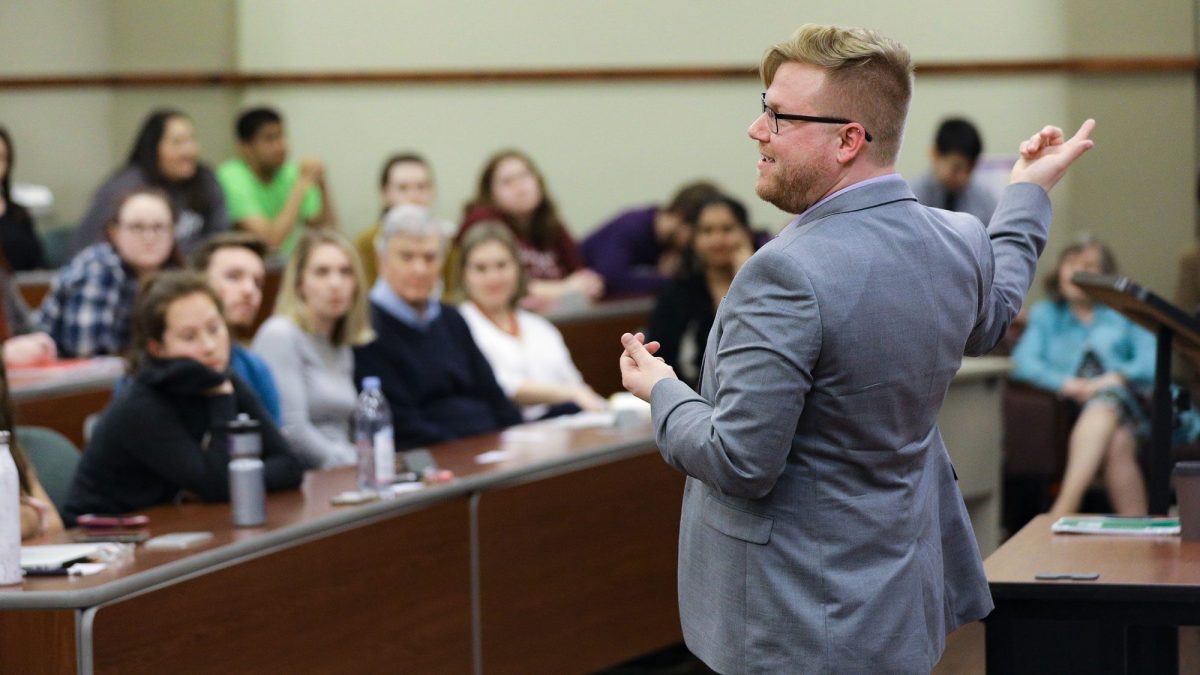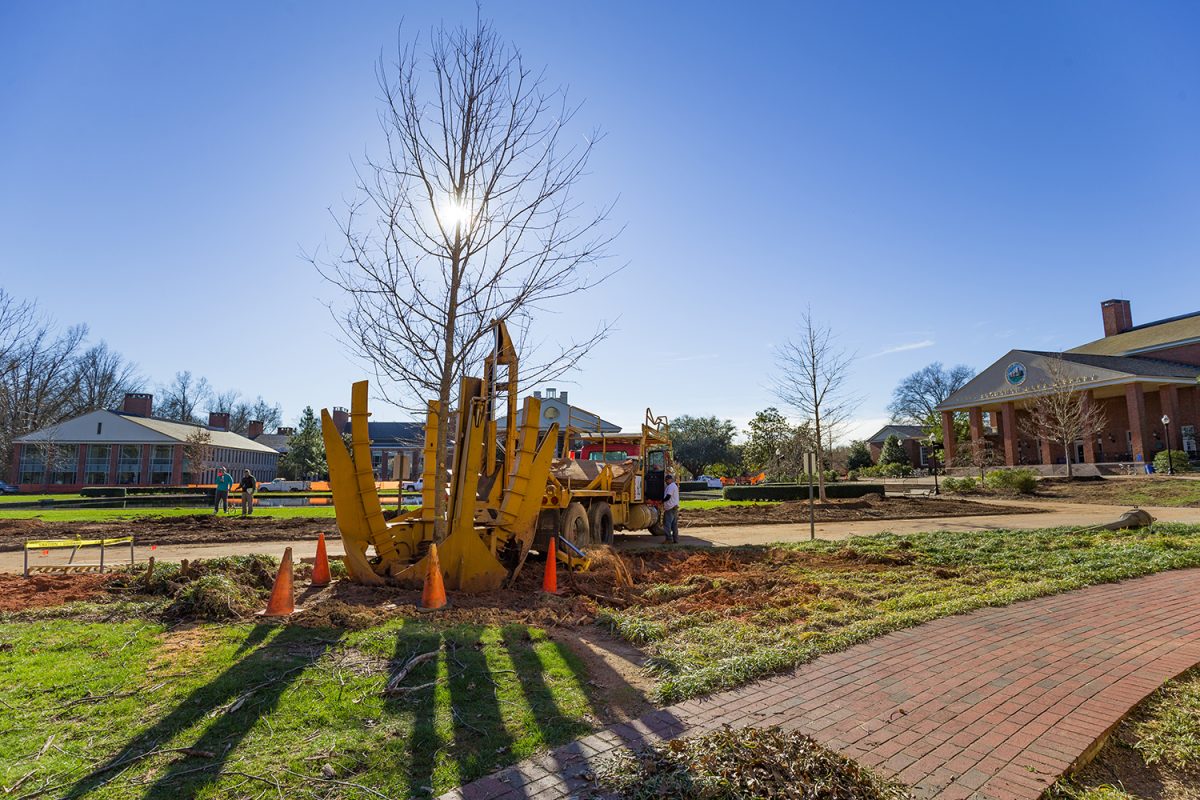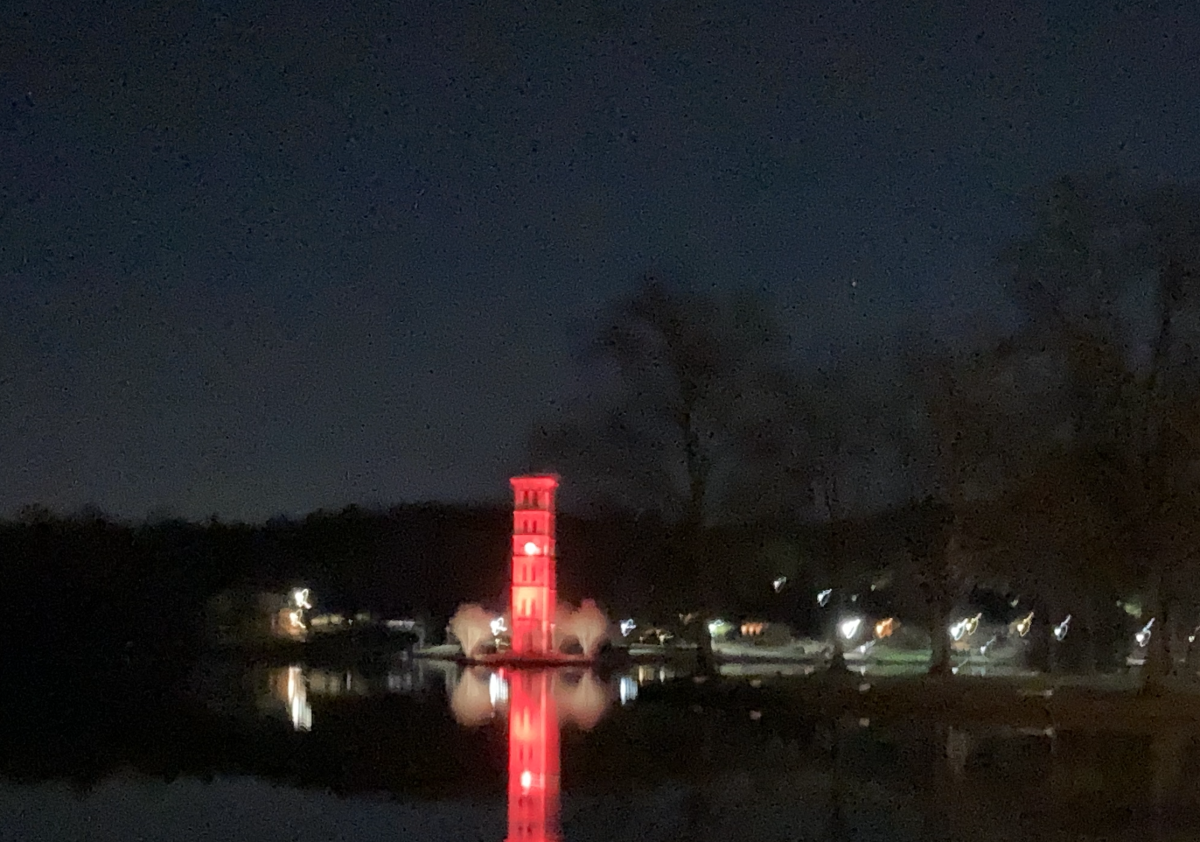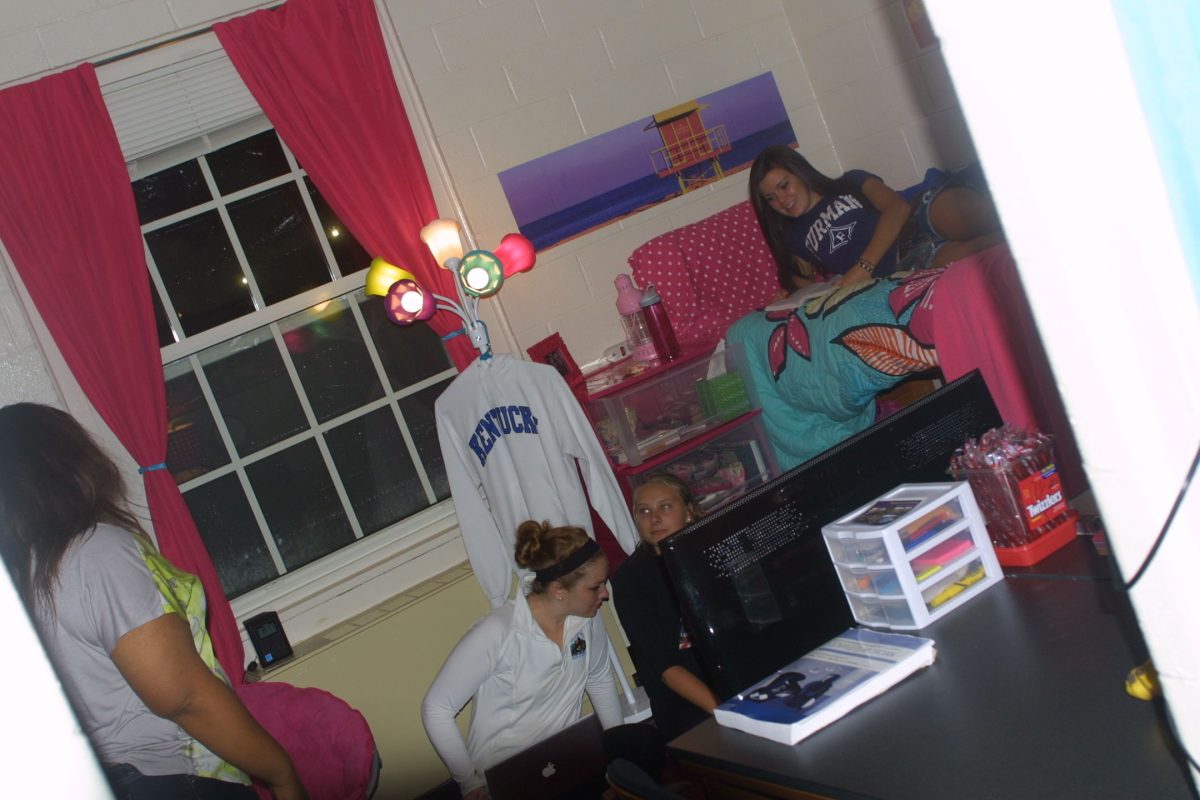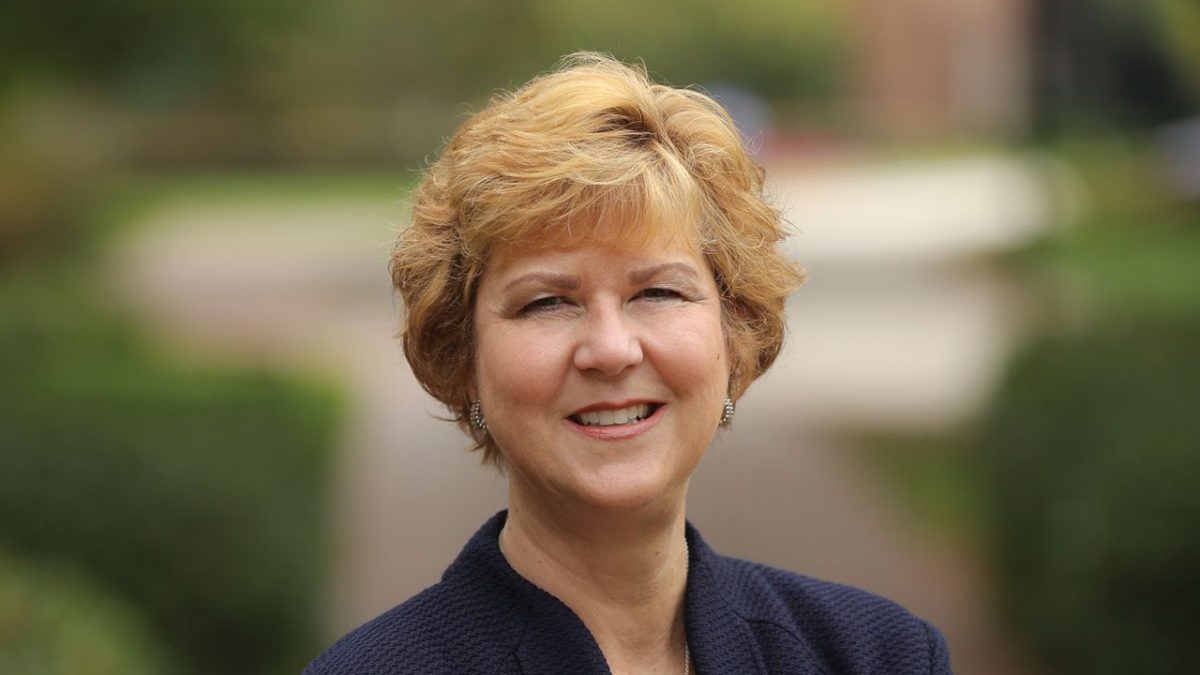The Admissions tour is no longer the only tour Furman has to offer. With the help of the Seeking Abraham project and a communications class, a virtual tour of Furman’s campus is accessible through a phone application.
Furman’s historically centered virtual tour is available via PocketSights, an application recognized nationwide for mapping out college campuses.
The tour was designed with the help of Dr. Brandon Inabinet’s Introduction to Rhetoric class, and independent study Megan Womble ‘18. The class compiled information about buildings, plaques and statues before compiling the information together in a spreadsheet. Then, that information was narrowed down to what would fit best on this tour.
Starting from Cherrydale Alumni House and ending with James B. Duke Library, this tour is “an additive resource to further explain the story on campus,” Womble said.
Twenty-three stops on the tour give unknown history to sights around campus.
On the rose garden stop, called The Beauty of Remembering, users read blurbs about the significance of the location: “So the bricks on which you are standing were likely made by slaves and freedmen from the clay of the Reedy River Banks.”
The tour is available through the app, PocketSights, and is called “Furman University: Campus Rhetorics” on the app.
The PocketSights tour is just one further step in the Seeking Abraham’s journey. Seeking Abraham is a project that “will investigate Furman University’s historical connections with slavery,” as explained on the project’s website.
Dr.Inabinet described the process of unearthing this history into four steps. The steps are becoming aware of the history, understanding and coming to grips with the history, starting a dialogue about the history, and repair. The repair step of the process is where the task force, a group of individuals that range from students to faculty, come in.
The task force consists of 14 people, including Chief Diversity Officer Michael Jennings, six professors, three students and four other staff members. The task force will come together and discuss what their recommendations for the university will be.
The recommendations given out by the task force will be finalized July 28.
“[The task force] thinks at the end of the day you can’t just rest on having a conversation, you also have to put something into action and whether that changes to the built landscape of campus, whether that’s scholarship programs that help undo the economic burdens that have been created through slavery… Whether it’s community outreach, to talk to more people or just simply education, you know, the courses and making resources available through the website, that those are the four areas we will probably look at for recommendations,” Inabinet said.
For more information on Seeking Abraham, visit furmanhumanities.org/forum.

